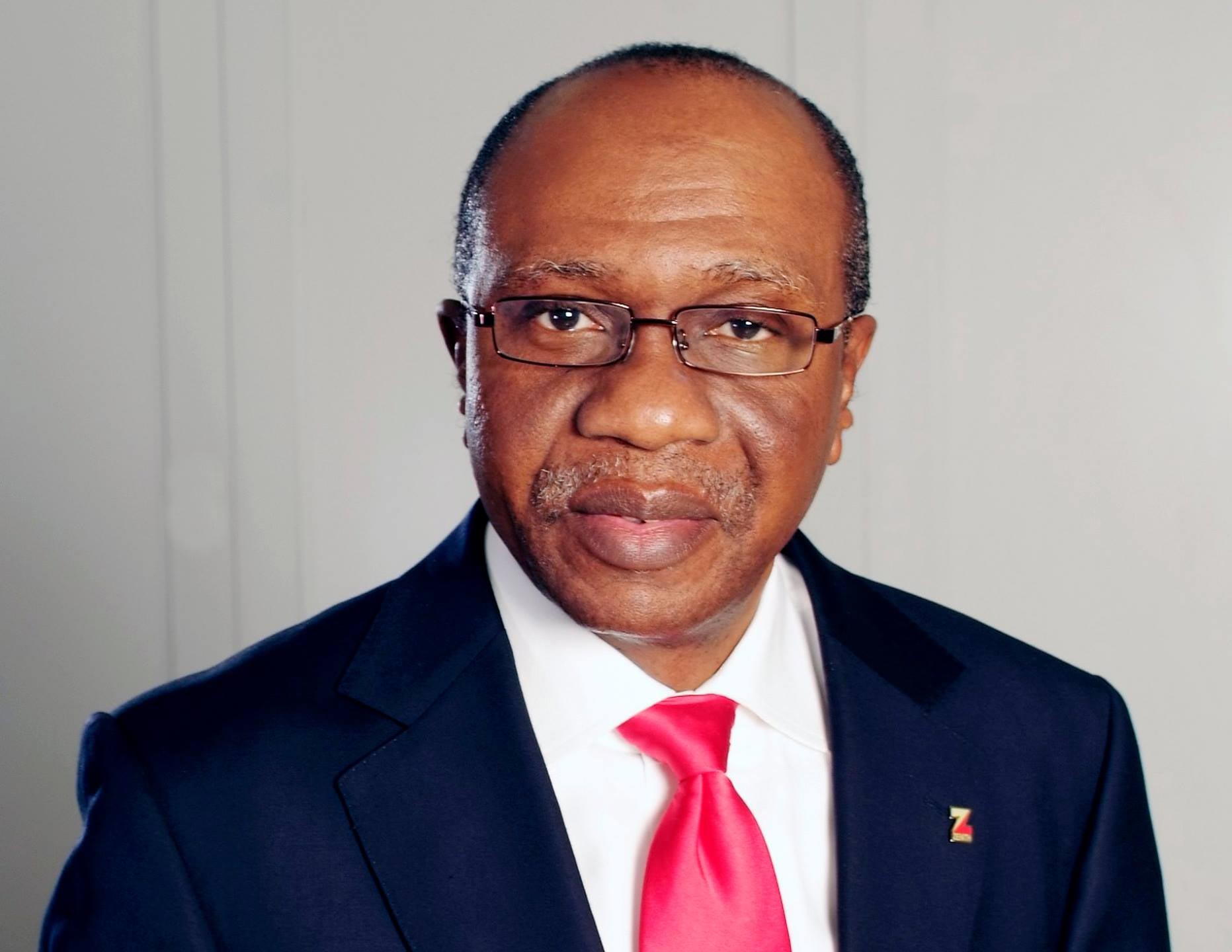by Factz Guru
The Central Bank of Nigeria on Tuesday, June 23, 2015 announced a new foreign exchange policy which excludes some imported goods and services from accessing foreign exchange at the Nigerian foreign exchange markets. The policy listed 41 items as “not valid for foreign exchange at the Nigerian foreign exchange window”. The objectives of the policy as highlighted by the CBN are to sustain the stability of the value of the domestic currency; conserve foreign reserves; facilitate resuscitation of domestic industries; and improve employment generation.
A review of the policy less than 4 months of implementation raises more questions and the objectives which the Central Bank of Nigeria (CBN) aims to achieve with the policy are all failing.
Firstly, “stable value of the domestic currency”, I ask myself what is the exchange rate at BDC and IFEM? Is the CBN objective on exchange rate stability achieved? The situation in the exchange rate market is that average exchange rate is relatively stable at the inter-bank segment but significantly volatile in the BDC segment. The average exchange rate at the interbank market was N196.97/$ while BDC averaged N236.3/$ as at July 2015.
Secondly, “conserve foreign reserves” Again, I ask myself what is the trend of reserves from June 23 till date? The movement of the external reserves shows that it increased steadily for 8 weeks, rising from $29.03 billion in June 23 to $31.63 billion in August 14, 2015. Thereafter, the reserve has been declining. It has declined from $31.63 billion as at August 14, 2015 to $30.69 billion as at September 14, 2015.
Thirdly, “facilitate resuscitation of domestic industries” Then I asked again, what is the growth rate of the industrial sector from first quarter GDP to second quarter GDP? Available data from the National Bureau of Statistics (NBS) showed that the industrial sector growth declined in Q2, 2015 by 5.27%. The manufacturing sector contracted by 3.82 percent in the Q2 2015. This was attributed to negative growth in oil refining (-64.54%); food, beverage & tobacco (-5.90%); textile, apparel and foot wear (-3.17%); electrical and electronics (-0.38%); motor vehicle and assembly (-0.48%); and other manufacturing (-6.4%).
The negative growth in oil refining reflects zero refining activity while the pressure of the CBN exchange rate policy is fundamental to other manufacturing sectors with negative growth. This however contradicts the CBN objective of resuscitating the industrial sector in general and manufacturing in particular. I therefore put this question to the policy makers that “Is the new foreign exchange policy truly resuscitating the industrial sector in general and manufacturing in particular”? If it is true that electricity supply has improved, agricultural inputs are available domestically and most importantly, a moderate domestic demand for consumer products. It is therefore important to ask the question what are the factors causing recession in the Nigerian manufacturing sector?
I look at the last objective which states, “Improve employment generation”, then I asked myself if the exchange rate policy has caused the economy all of the above, then what employment will the policy create? The unemployment situation and job creation survey reports released by NBS answers the question. The unemployment situation report reveals unemployment rate increased from 24.2% in Q1 2015 to 26.5% in Q2 2015. The job creation survey further explains the impact of the policy in terms of job creations in relation to the manufacturing sector. The number of new jobs created according to the report declined from 469,070 in Q1 2015 to 141,368 in Q2 2015. In the manufacturing sector, new jobs created reduced by over 59% from 19,029 in Q1 2015 to 7,783 in Q2 2015.
A further breakdown of the new jobs created in manufacturing sector activity shows that most sectors affected by CBN exchange rate policy accounted for most of the job losses. For example, Other manufacturing which include products such as office furniture, cupboard/wardrobes, furniture/doors/windows, mattresses and biro/pens accounted for over 90% decline in jobs created; Pulp, paper and paper products job created grew by -86.8%; Basic metal, iron and steel recorded -72.4% job created growth; Jobs created in motor vehicles and assembly declined by 71.2%. Textile, apparel & footwear and wood & wood products recorded 54.9% and 61.3% decline in jobs created respectively compared to Q1. Despite the impressive growth recorded in terms of output by Chemical and Pharmaceutical Products (16.24%), Non-Metallic Products (13.08%) and Plastic and Rubber Products (16.99%), the number of jobs created by them declined significantly by 54.8%, 54.1% and 66.6% respectively.
Besides the failing objectives, the policy has caused serious price instability and heightened investment risk in the country. Inflation has risen from 9.0% in May 2015 to 9.3% in August 2015, reflecting pressures from imported foods; foods and non-alcoholic beverages; alcoholic beverages and tobacco; and furnishing and household equipment. The recent JP Morgan delisting of Nigeria is expected to have serious consequences on government borrowings and the nation’s financial market if the exchange rate policy is not reviewed.
This article first appeared in Factz Guru, an online destination for up to date information on news, industry analysis and social trends in Nigeria. Follow on Twitter and LinkedIn.
The opinions expressed in this article are solely those of the author.















